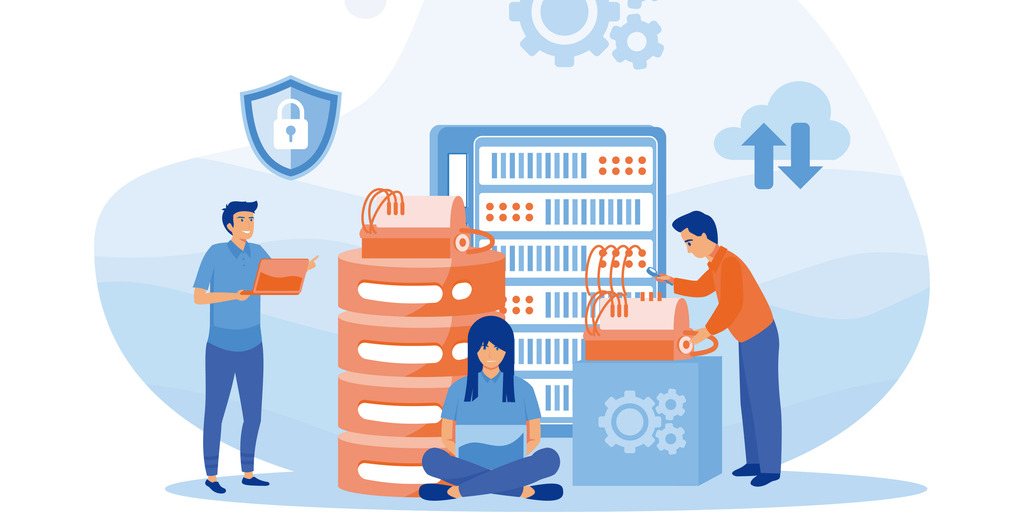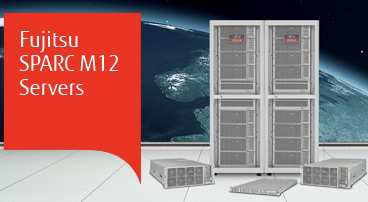The Enduring Value of SPARC/Solaris: A Strategic Overview
In a world driven by cloud-native, agile technologies, many organisations continue to rely on SPARC/Solaris for their mission-critical applications. Despite the increasing popularity of modern platforms, Solaris has remained a cornerstone of enterprise IT infrastructure for over three decades. In this blog, we will explore why SPARC/Solaris systems continue to provide enduring value for many […]
The Enduring Value of SPARC/Solaris: A Strategic Overview Read More »





